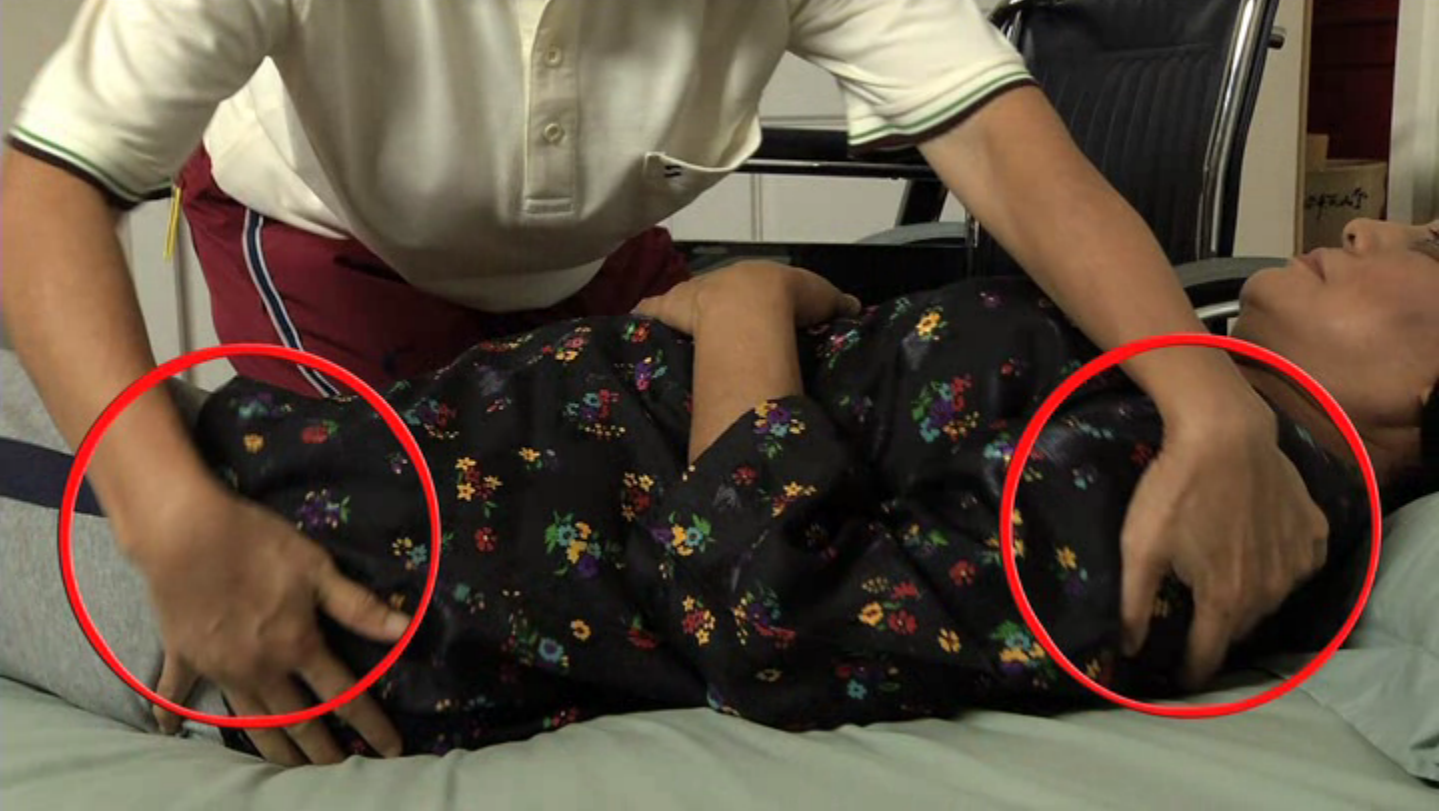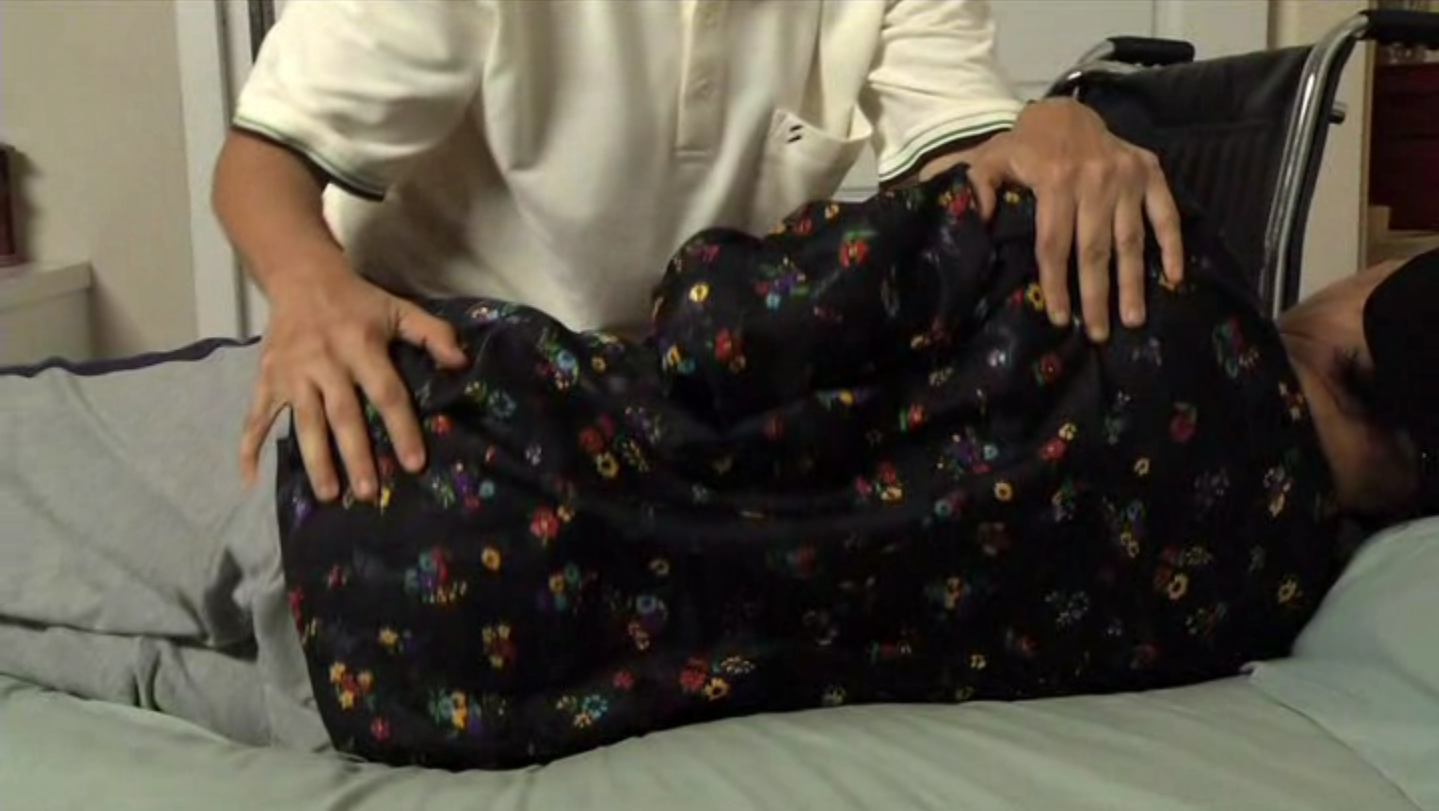Introduction
Lifting and transferring stroke patients require proper technique. If improper technique is used, it would result in injury to carers and stroke patients. Carers can suffer from low back pain as a result of improper of lifting and transferring techniques.
The techniques can be used are as follows:
Example, stroke patients who suffered paralysis on the left side (left Hemiplegia)
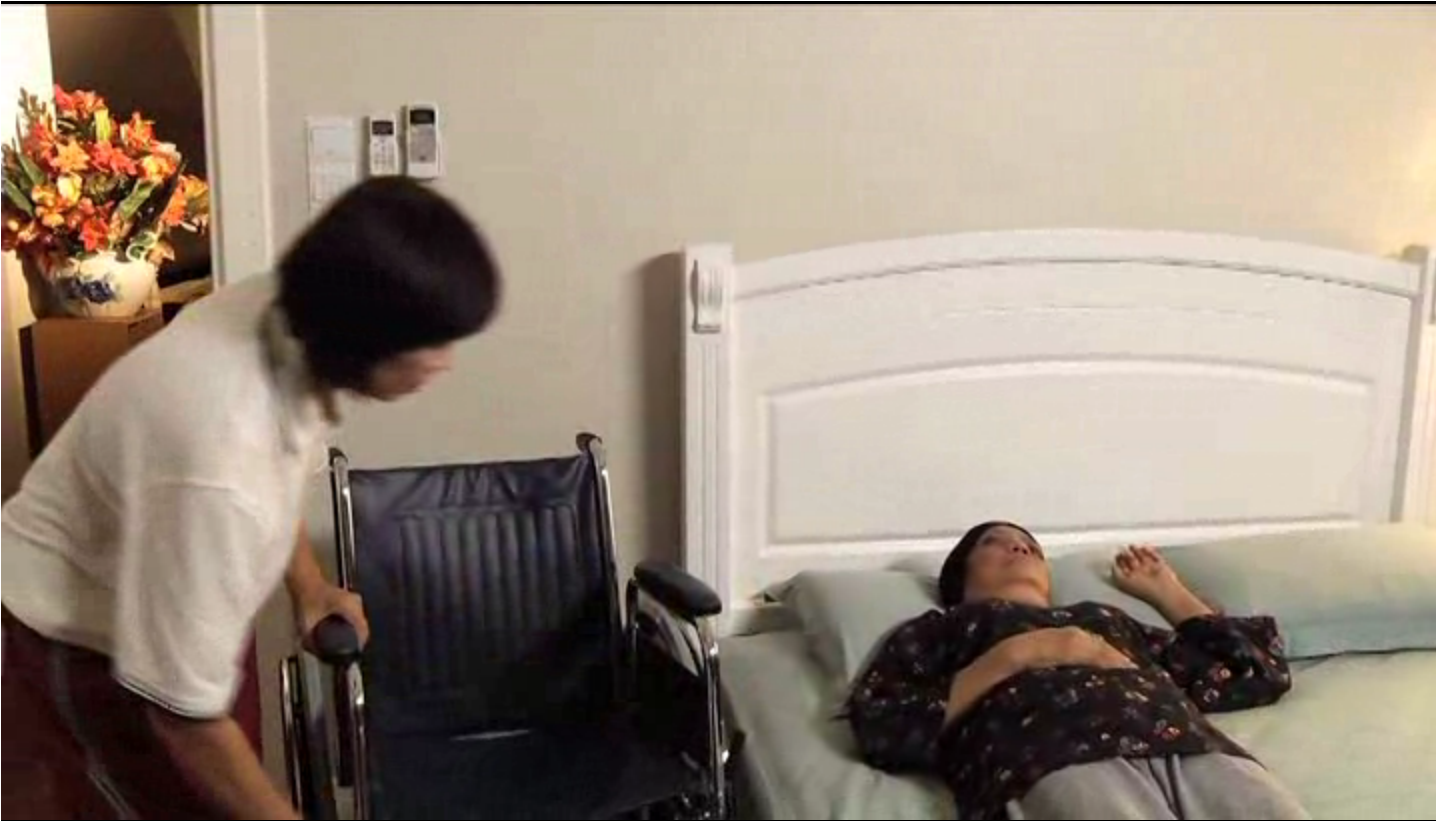 |
|
 |
Secure the brakes of the wheelchair. |
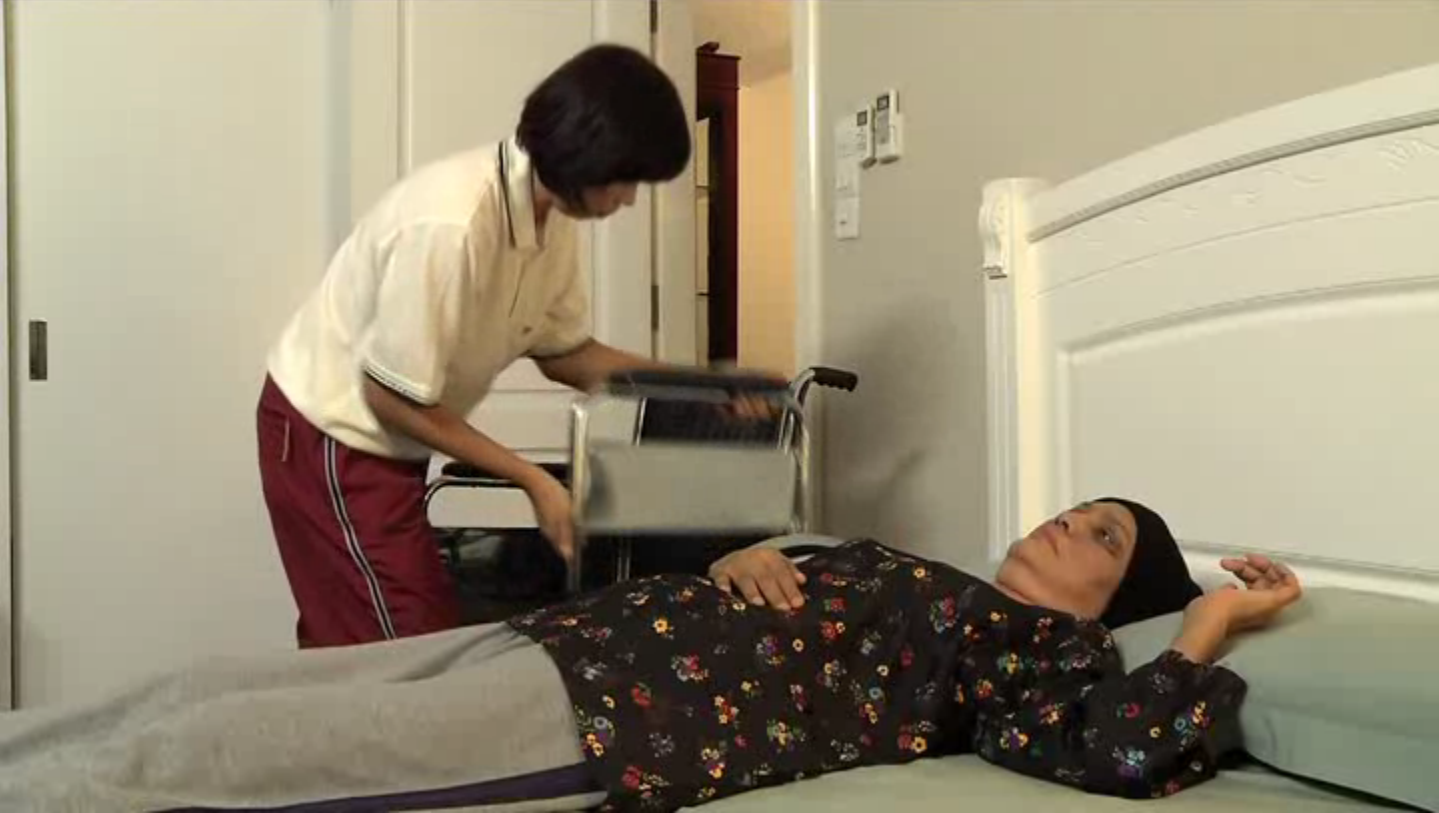 |
Detach the armrest of the wheelchair. |
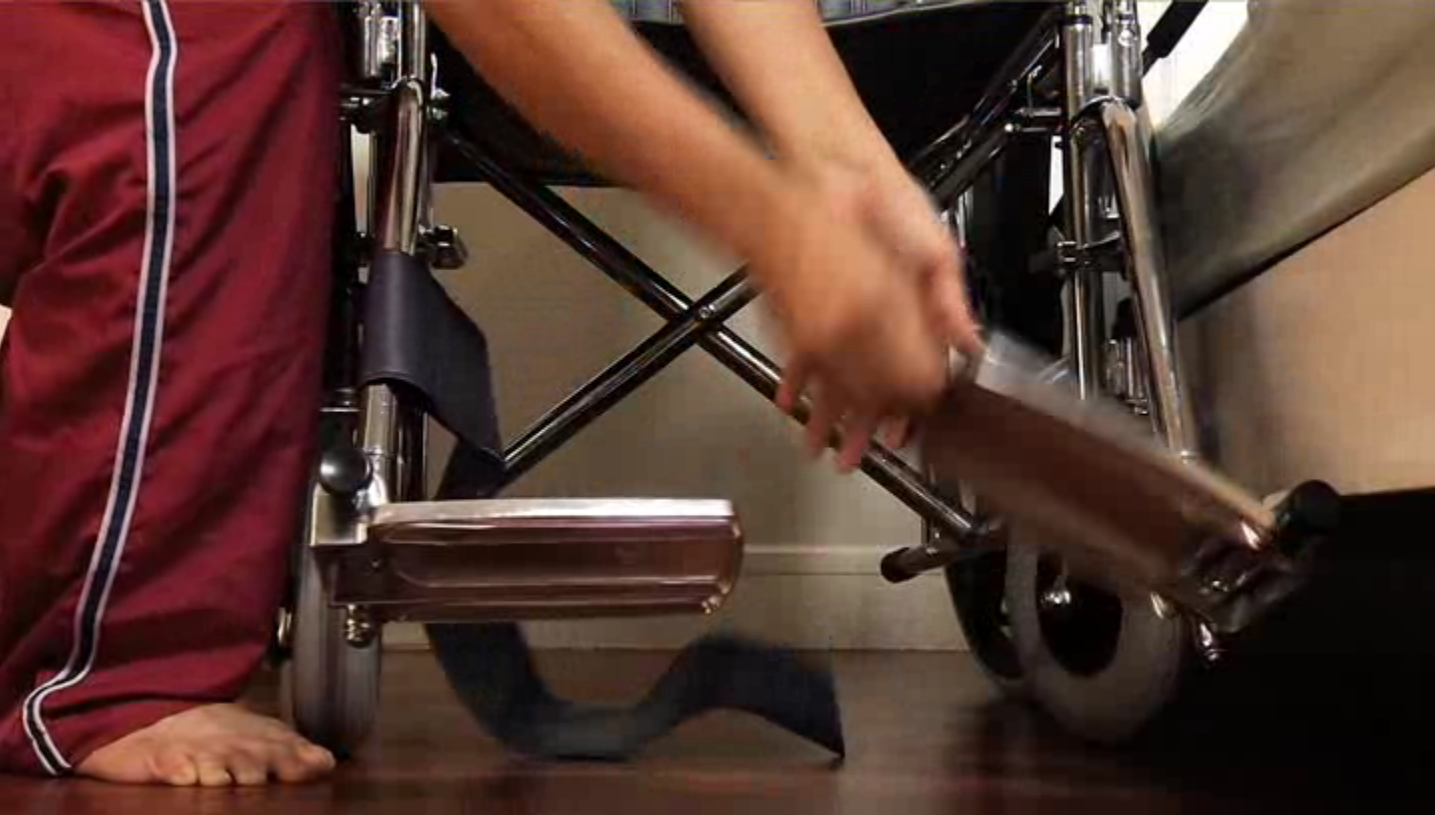 |
Lift the foot rest of the wheelchair |
 |
|
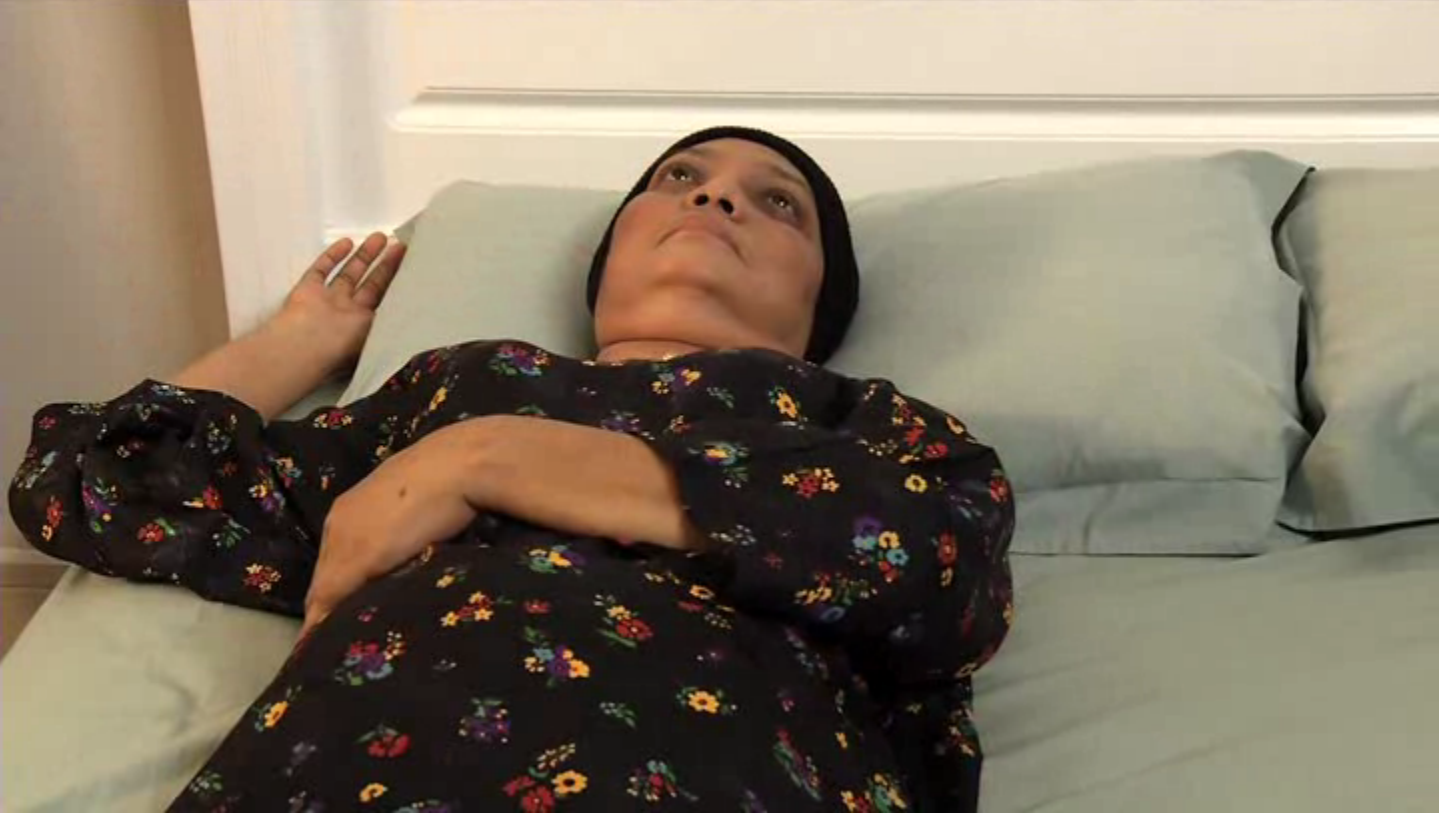 |
Place the patient”s left hand on the stomach. |
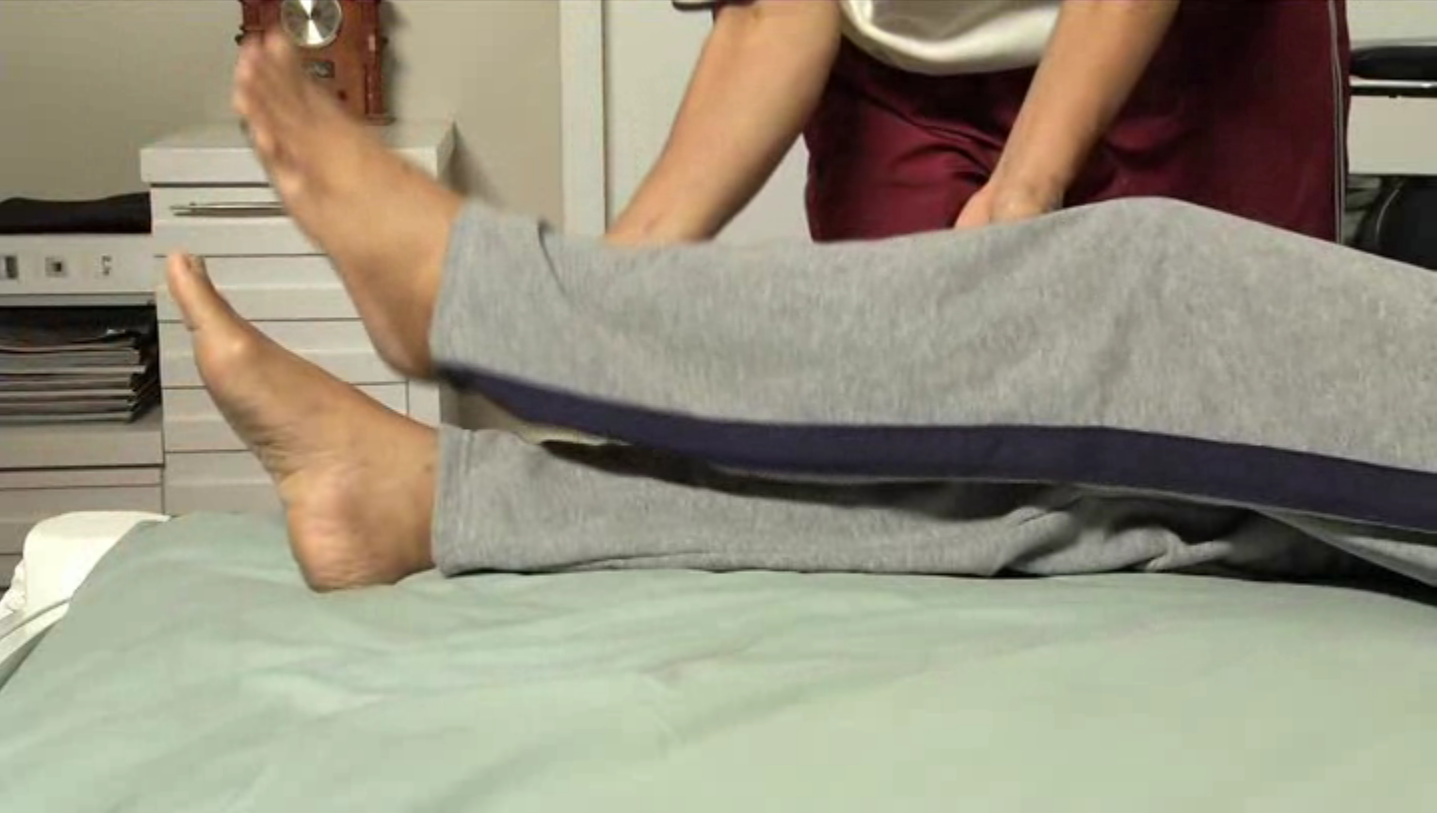 |
Cross the patient”s left leg over the right leg. |
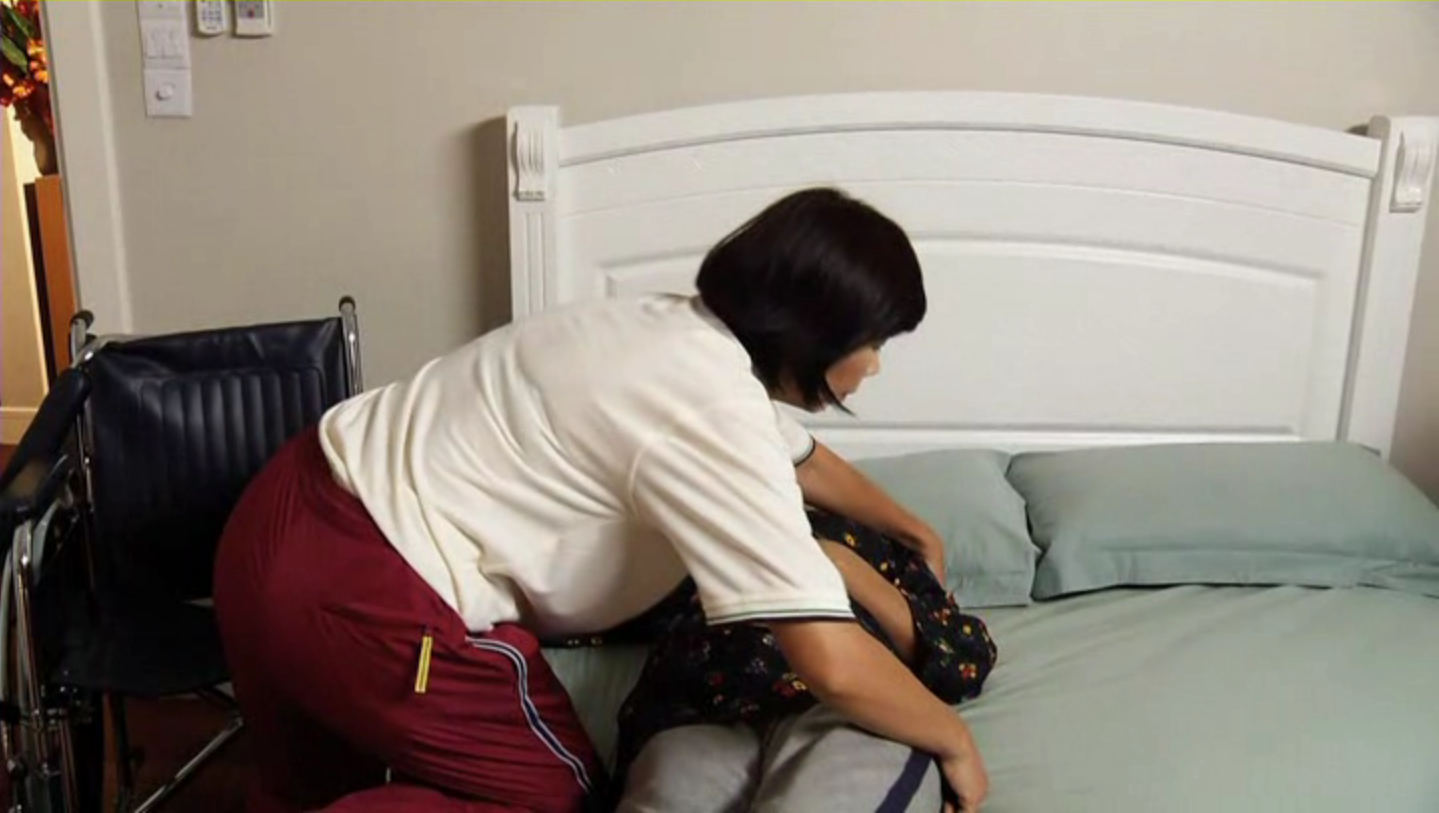 |
The carer stands with her right foot kneeling on the patient’s bed. |
|
|
Hold the patient’s left shoulder and hip then turn to the right simultaneously |
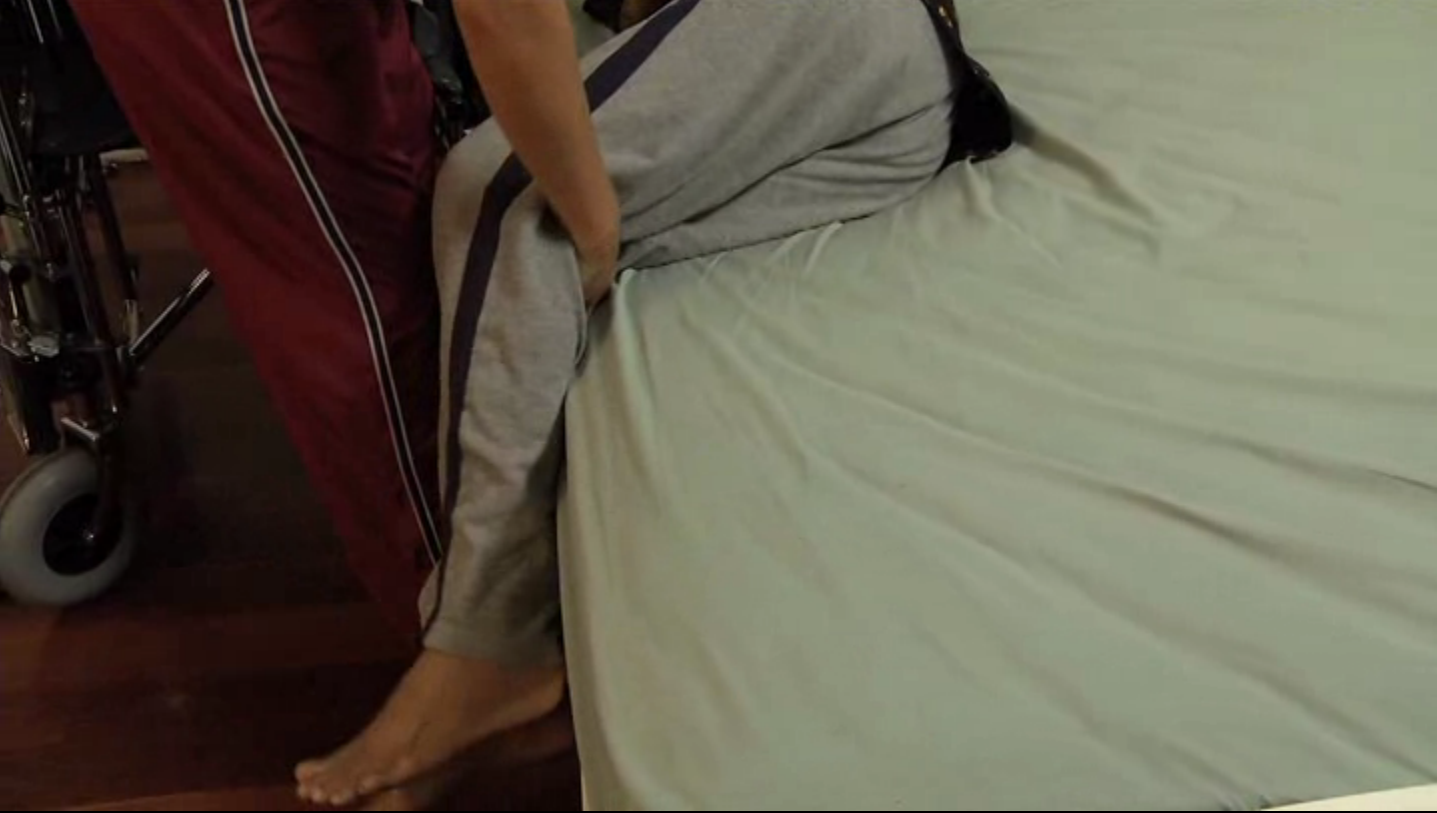 |
|
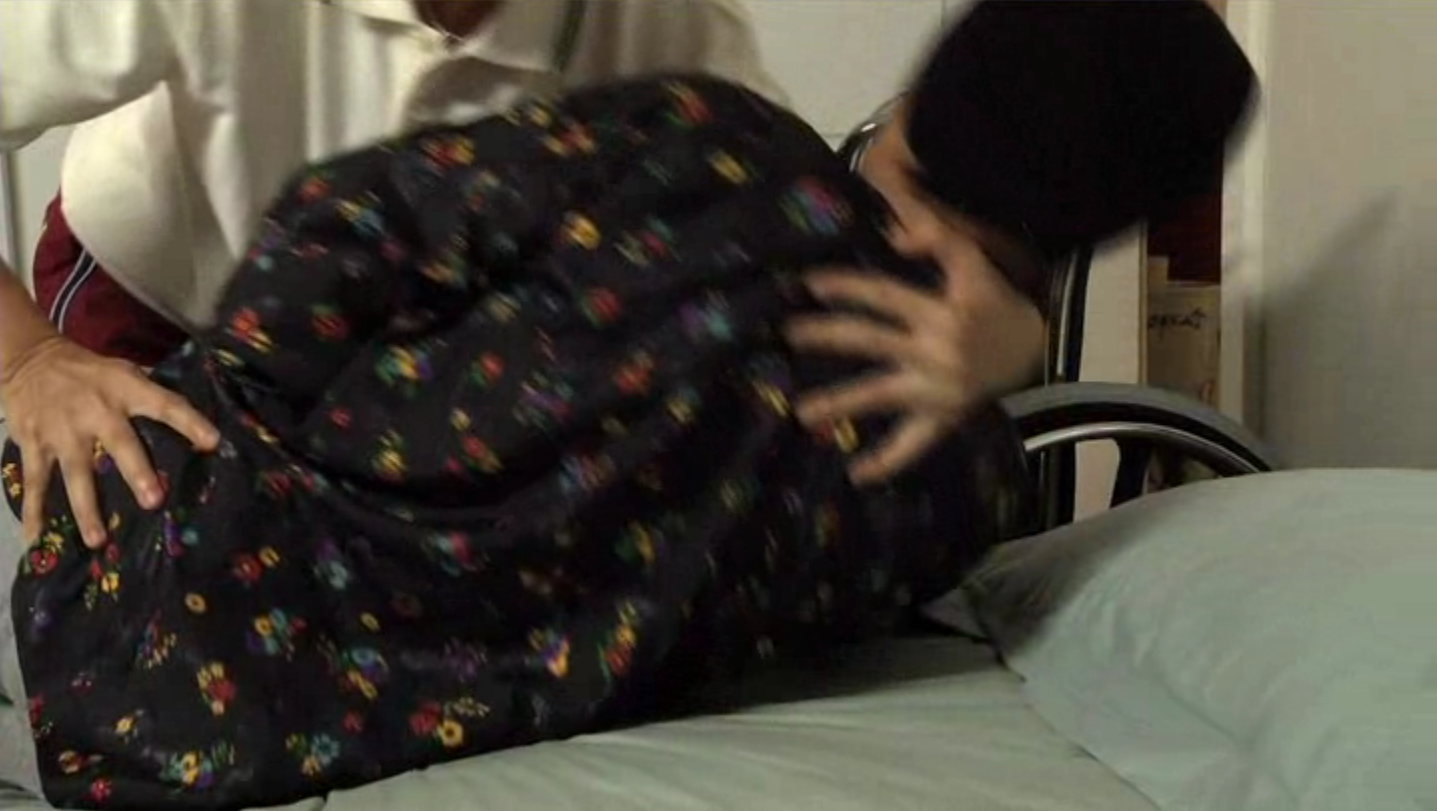 |
|
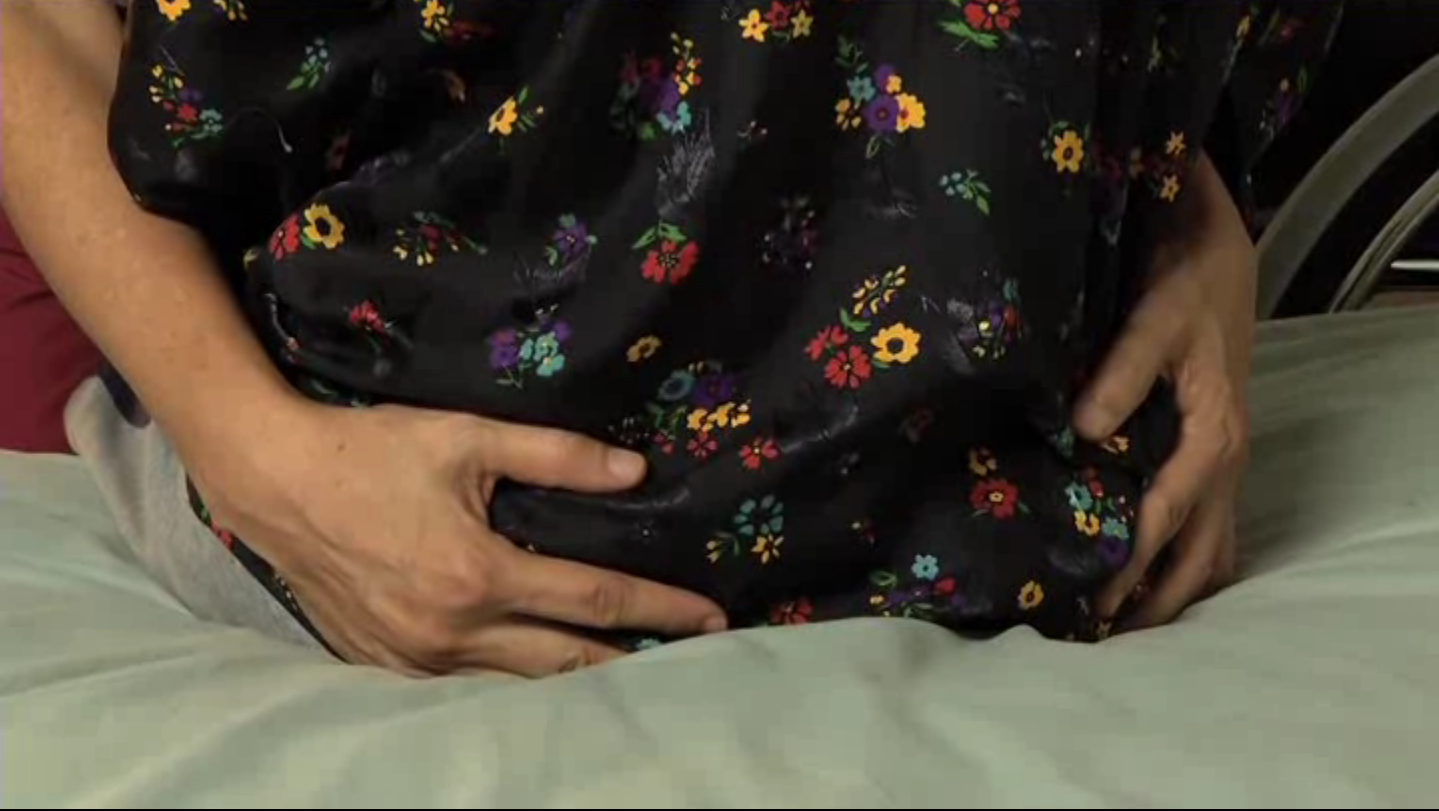 |
|
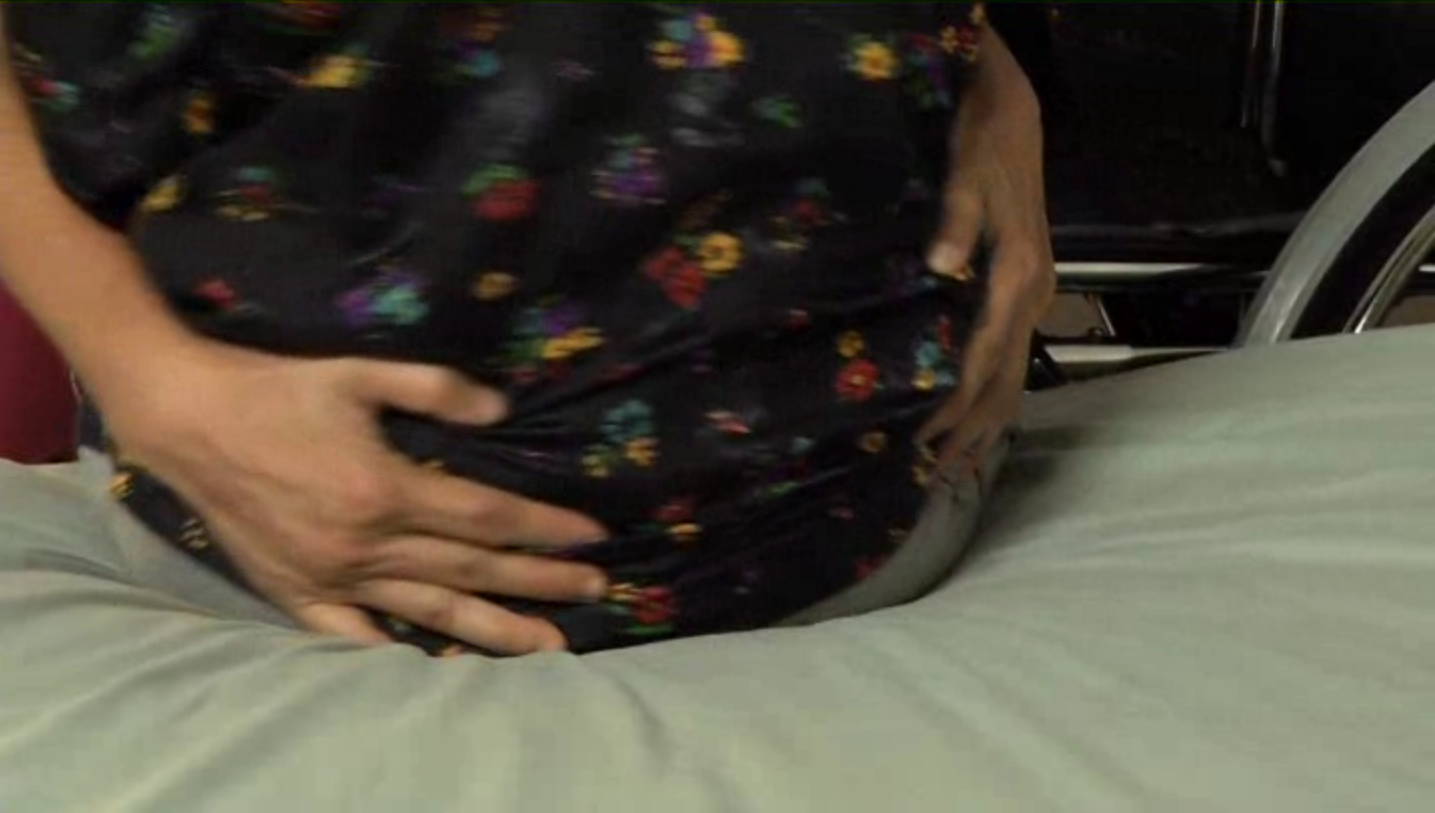 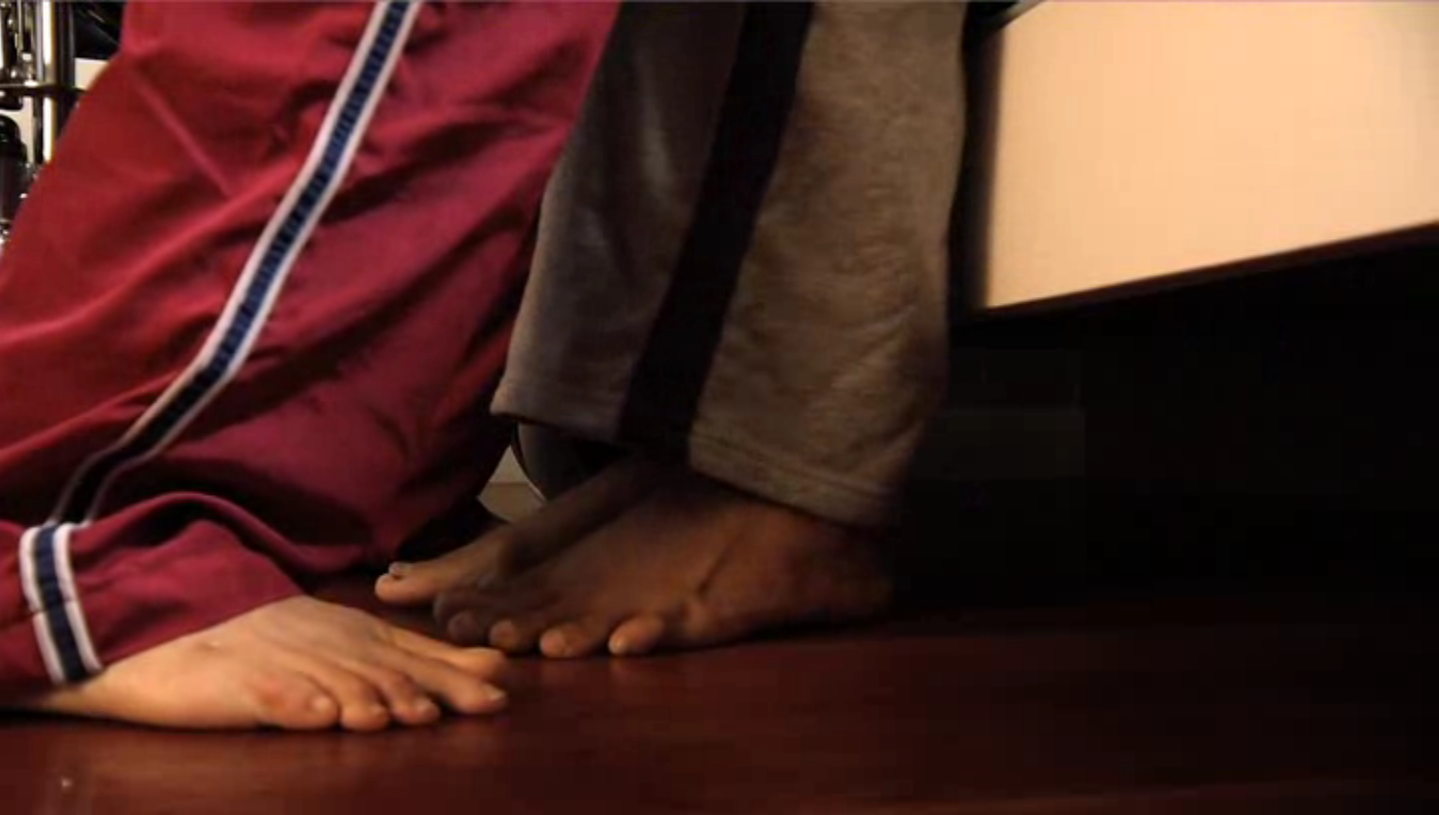 |
The carer move the patient’s buttocks forward alternately until the patient’s legs has reached the floor. |
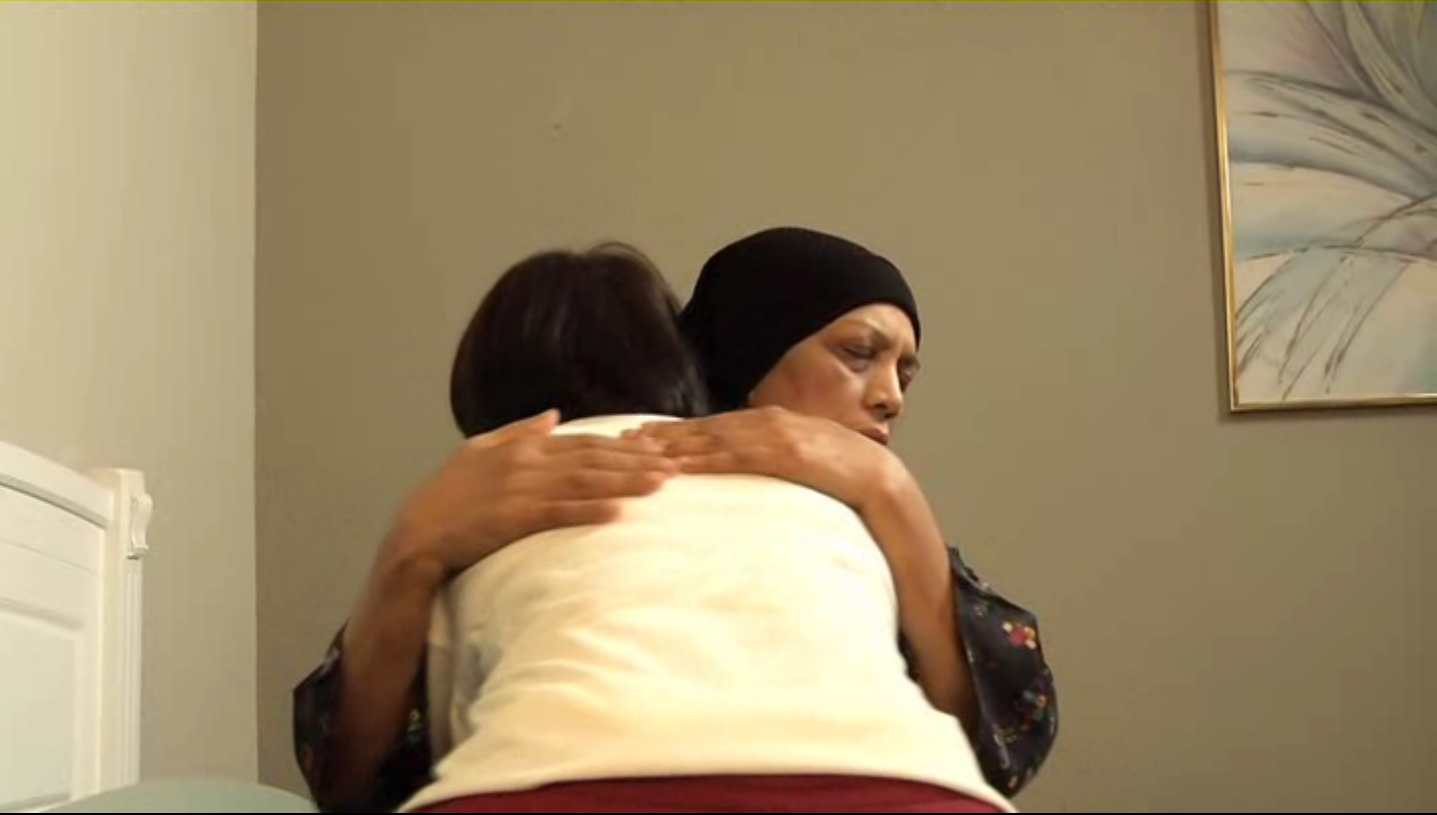 |
Place both hands of the patient on the shoulders of the carer. |
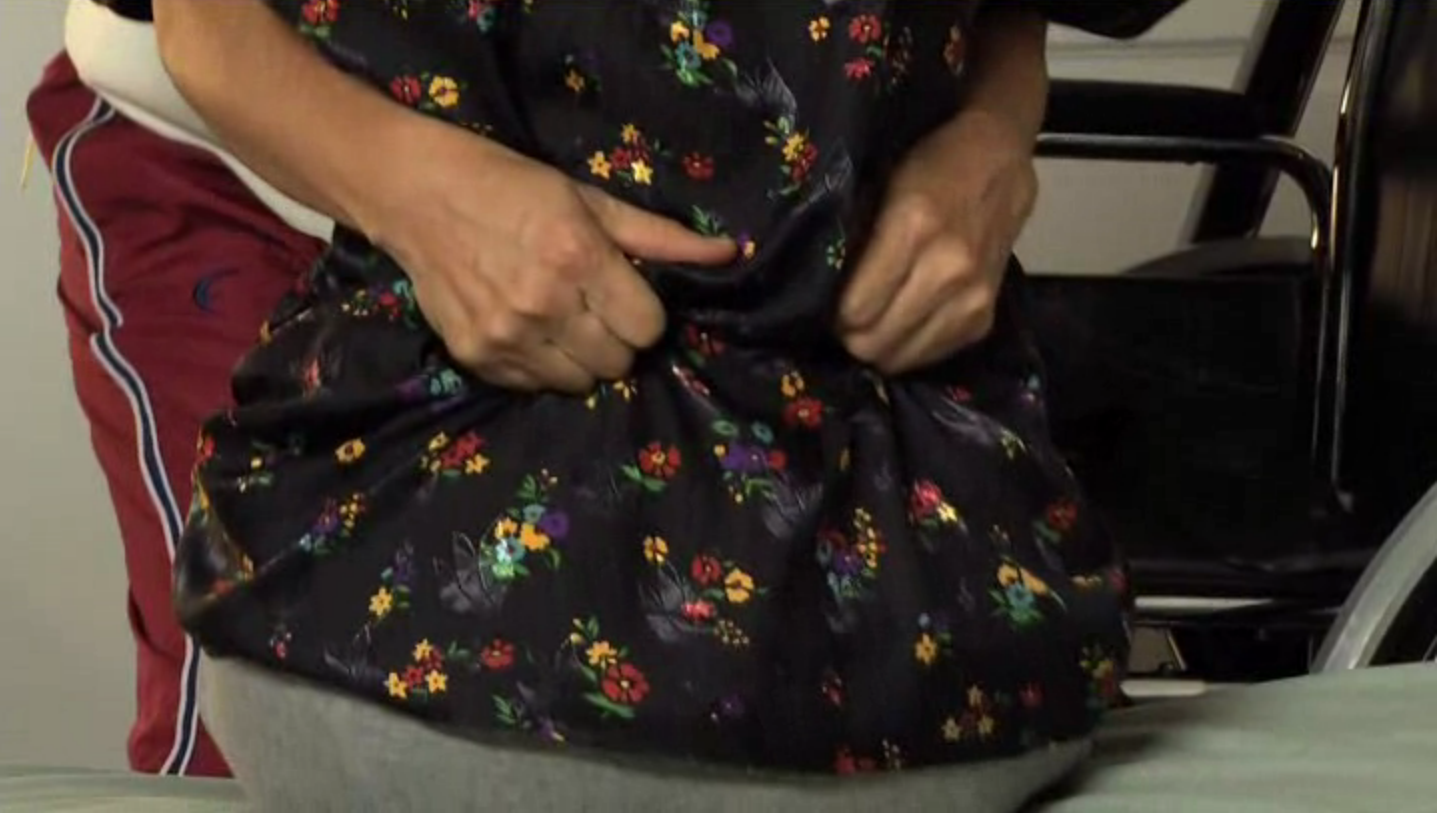 |
|
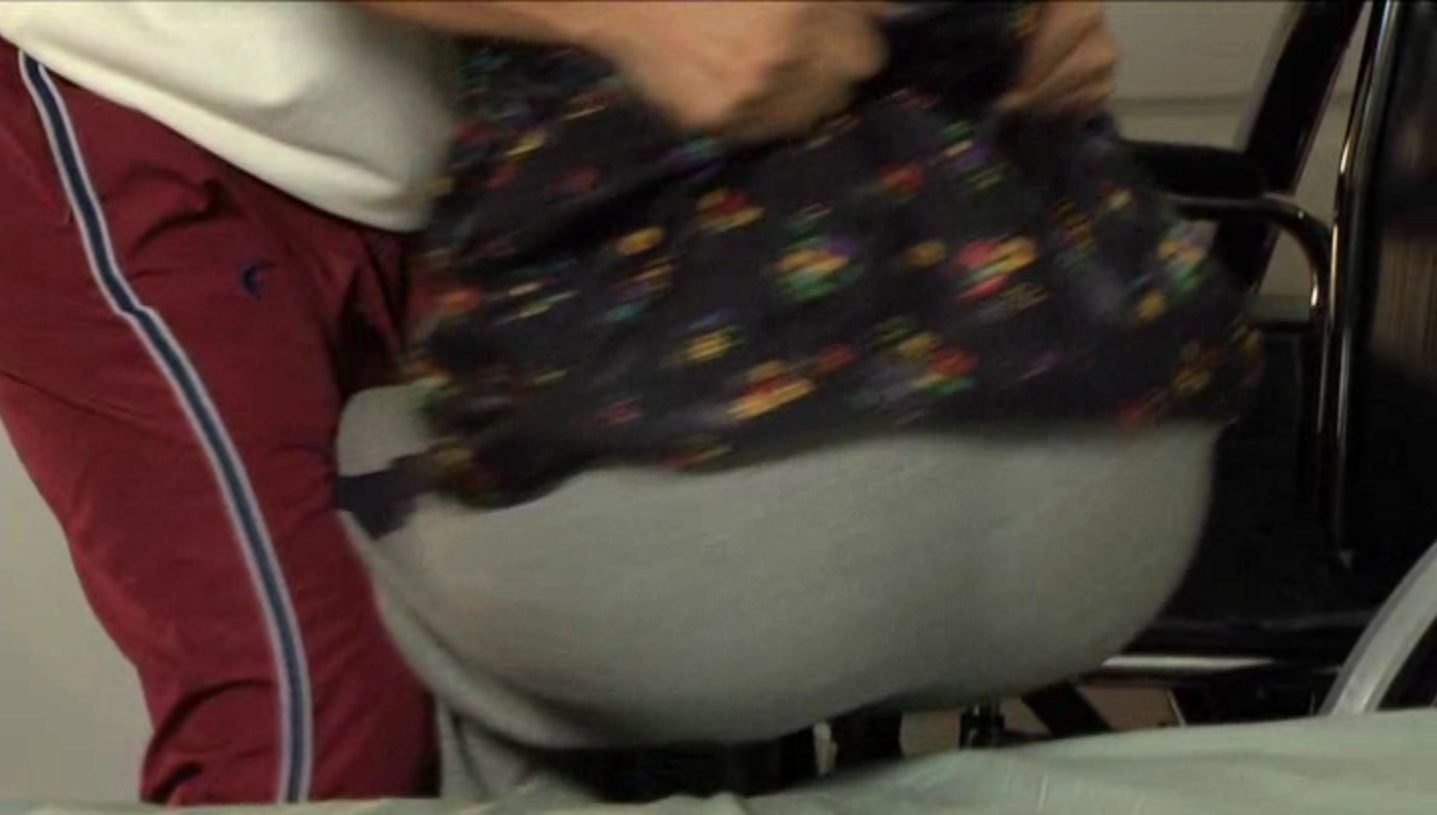 |
|
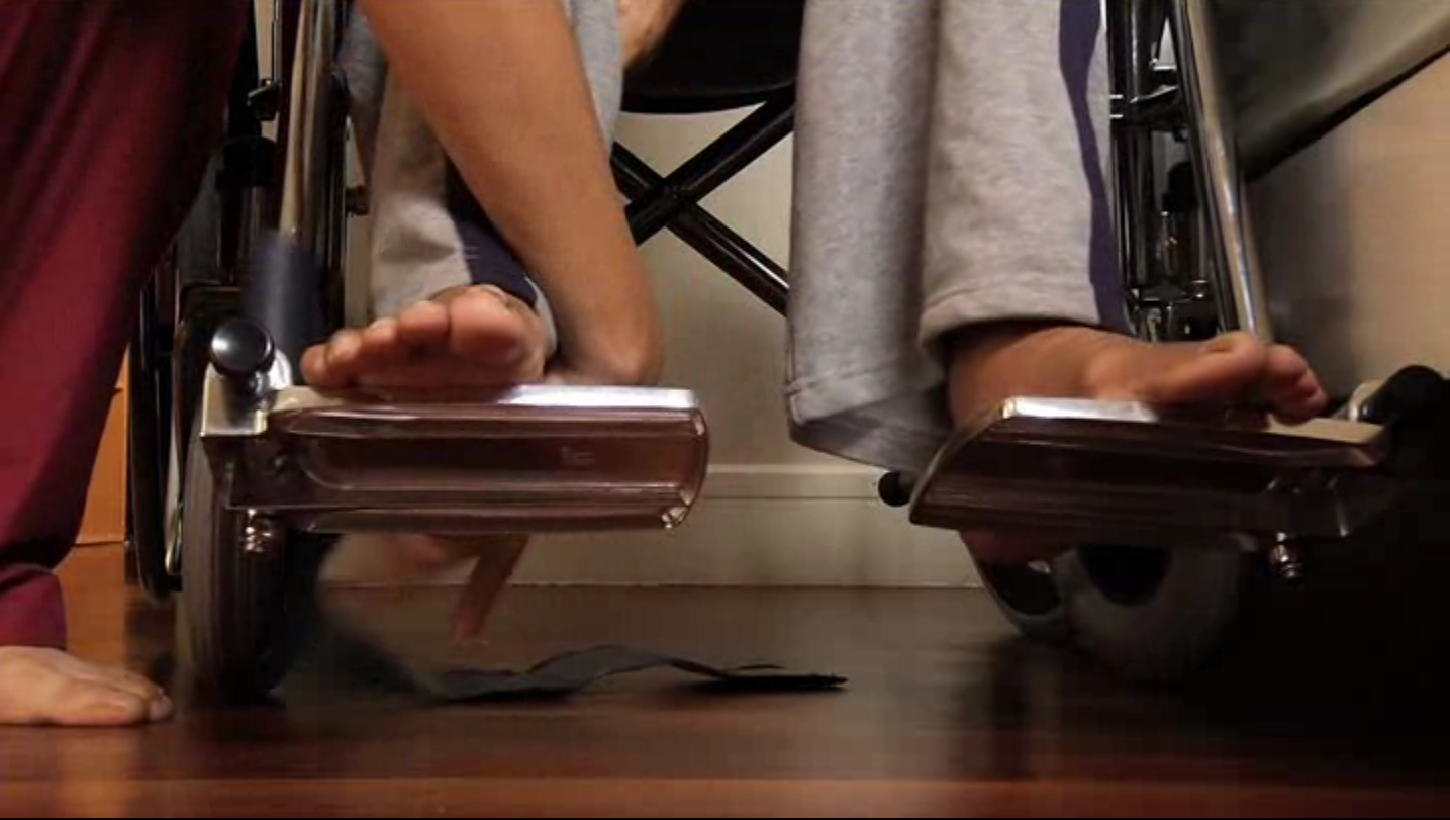 |
Place the patient’s feet on the footrest |
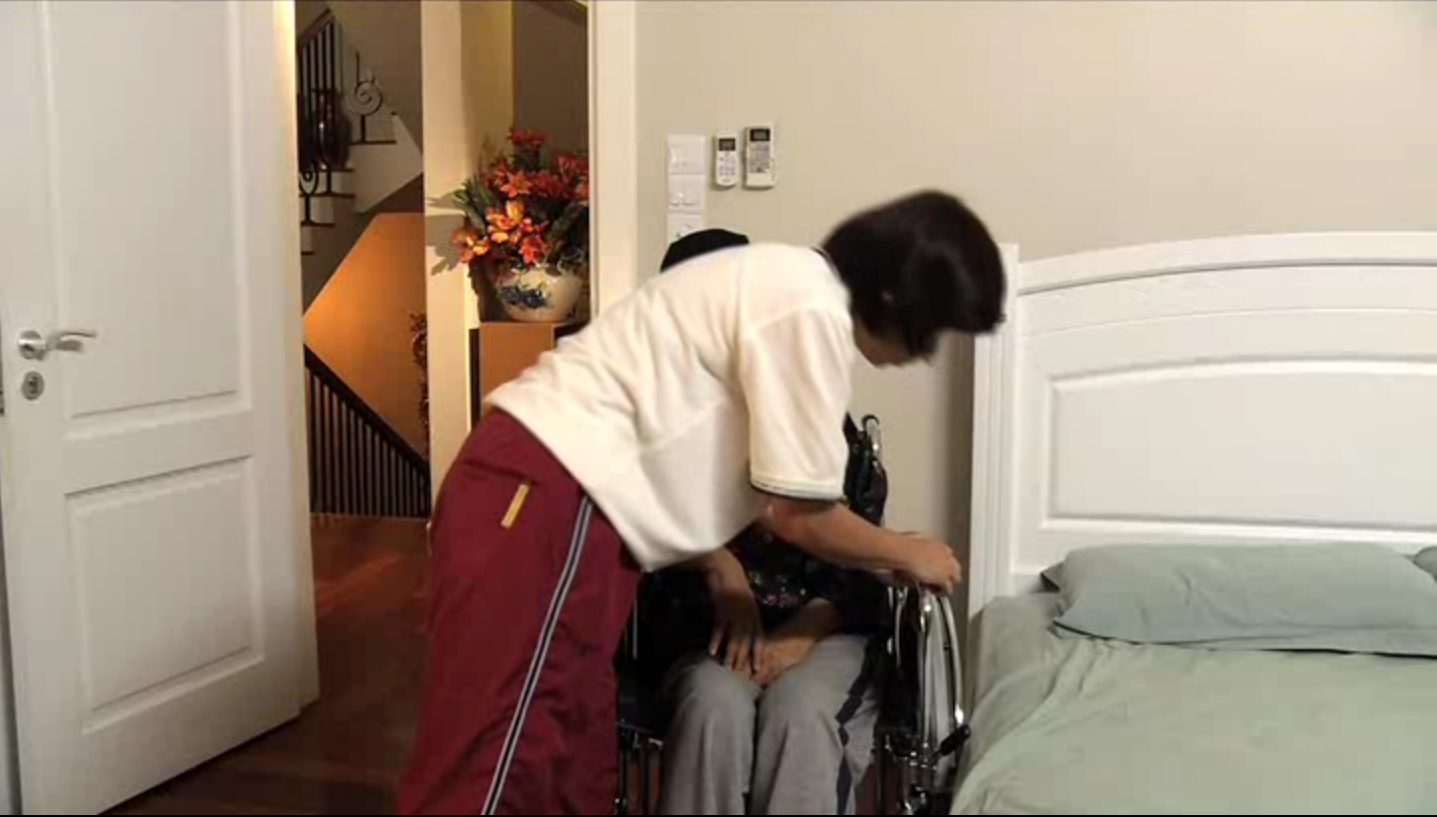 |
Reattach the armrest. |
Things that need to be emphasized when lifting and transferring stroke patients.
- Ample space for safety and facilitate the movement of the carers, patients and as well as wheelchairs.
- The surface of the floor is flat and smooth.
- Carers need to wear appropriate clothing; loose and comfortable to facilitate the movements and prevent unnecessary falls.
- Patients must wear pants or cloth tied neatly with a belt or strap appropriately.
- If you wear shoes, it must have a wide base and level to ensure the safety of patients and carers.
- When standing or kneeling make sure both feet opened slightly (broad based) to provide stability.
- Stand close to the patient while lifting and transferring.
- Make sure the carer’s back is straight and stomach muscles contracted when lifting and transferring.
- Knees should bend slightly every time when lifting patient.
- Use the arm and leg muscles and not back muscles to lift and transfer patients.
Things to avoid when lifting and transferring stroke patients
- Avoid lifting patients:
- bending at the waist
- wearing socks only without shoes
- with jerky movements
- by pulling the patient’s shoulder to avoid injury to the shoulder joint
- by rotating the waist/back
Reference
- Butterworth Heinemann Oxford, Auckland, Johannesburg, Melbourne, New Delhi.
- Janet H, Carr E, Roberta B. (1998). Optimizing motor performance. Neurological Rehabilitation
- Susan E. (2002). A Problem solving approach Churchill Livingstone, Edinburgh London, New York Oxford Philadelphia St Louis, Sydney, Toronto
- Tony. P, & Margaret G. (1988). Illustrated transfer techniques for disabled people: Neurological Physiotherapy. Churchill Livingstone, Melbourne, Edinburgh London & New York.
| Last Reviewed | : | 23 August 2019 |
| Writer | : | Foo Kok Wee |
| Translator | : | Halimah binti Hashim |
| Accreditor | : | Se To Phui Lin |
| Reviewer | : | Halimah bt. Hashim |


